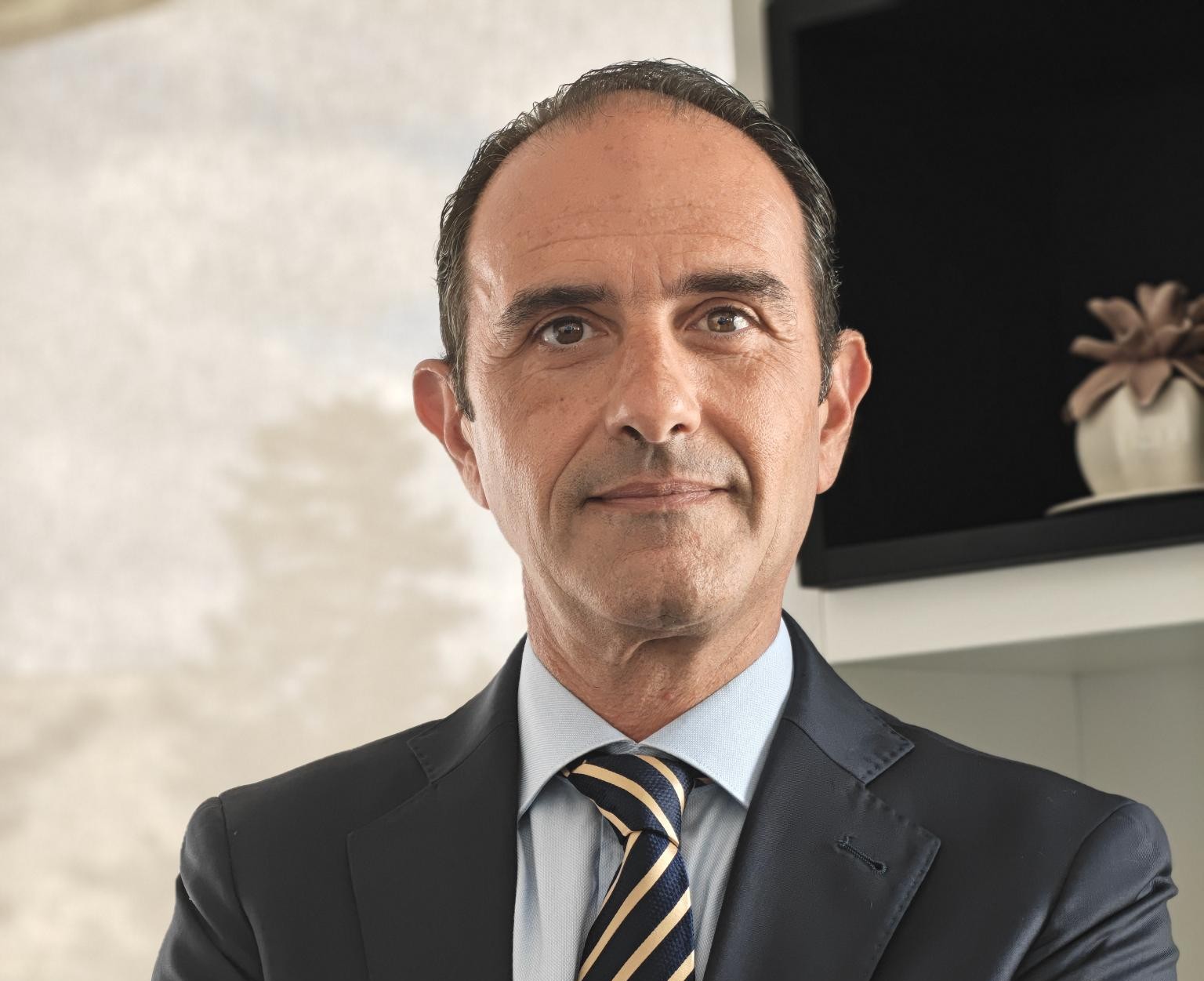In continuance with Part (I) of this article, where we introduced the idea of a design and development framework, in this second part of the article we shall delve a bit deeper into framework considerations.
Framework considerations
The framework needs to ensure that any disconnection between the plan and implementation is eliminated. Any possible scattered information and diverse opinions need to be replaced by a single source of truth. There needs to be assured a harmonised and common learning for all people involved in the development process.
Decisions need to be made briskly and with all decision makers having a good overview, at all times, through aligned (…no silos please!) and commonly shared objectives, coupled with well-defined responsibilities.
Teams involved along the design and development process need to steer away from hierarchal and vertically oriented reporting structures. More so, they need to be completely aligned with the ultimate scope and value offering, and must be laterally linked and driven by commonly understood performance goals.
The design and development process needs to be as proactive as possible. Reactive thinking, expended energy, and frustrations caused by a need to update misaligned information, for an undesirable design review, resulting in precious time being spend on reworks, are to be kept to a bare minimum.
All this, we know, is non-value adding, hence waste!
Teams need to align and contribute through a commonly connected drive. The team needs to see the framework function smoothly throughout the design, development, testing, validation and launch stages.
An effectively designed product/service and process development approach, will lead to more secured success.
Think of the organisation as a human’s nervous system. Your design and development framework needs to be considered as the brain of that system.
The brain is where all the data is gathered, to be combined, integrated and absorbed by the nervous system. The information thus generated needs to be diligently evaluated and ranked.
Finally, the team – together – can take well-informed decisions. Such decisions shall therefore be based on the power extracted from the information analysed, as well as through the involvement of the stakeholders, collectively. Everyone who should be involved in this value creation process, should find the opportunity to contribute positively. The result of regular and periodic interactive brainstorming, idea generation, questioning, and debating is expected to render preferred and prevailing outcomes.
Increasing collaboration, at all levels, fortifies the design and development cycle, yielding more optimistic results.
The benefits of a well-structured framework
A well-defined ‘brain’ within the areas of design and development enables the appropriate alignment of the planning phases and the implementation actions. This is expected to yield innovation of products and services with lesser iteration requirements, and therefore an expected higher successful launch.
To conclude Part (II) of this article, let us keep in mind that the fact that organisational silos are demolished through the enablement of well-structured design and development frameworks encourages employees, increases their engagement, and empowers them. The net result is expected to generate supercharging performance, through increased productivity, higher quality and consistency in results achieved, and an overall unbeatable value offering to your customers.
3 strategies to help your team manage stress and stay productive
As a leader, you play a crucial role in creating a workplace culture that prioritises both productivity and employee well-being.
5 key self-development tips every business leader needs to take note of
Self-development can come in the form of better leadership skills, growing a wider network of contacts, and also an improved ...
Give new life to your plans: 5 tips for business leaders to turn strategy into execution
Business leaders have to strike a balance between the resources they have available and the urgency of a particular task.
6 tips on how to conquer your to-do list
Here’s how to make the most out of your workdays.









